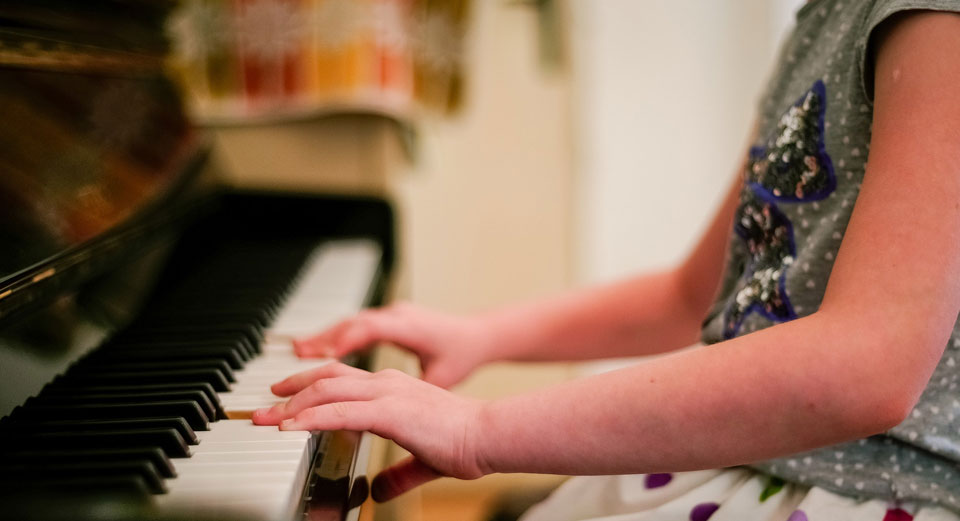People routinely use music in their personal lives to change or heighten their moods, to feel connected to one another, and to recall memories and feelings. Such functions apply and take on exciting new dimensions when music is integrated into the learning environment. Music is a medium that is seldom utilized in the classroom, but it is overflowing with possible uses and benefits. Below, we’ve drummed up a list of specific ways that teachers can use music in the classroom to promote an environment that is rich with learning opportunities. Teachers are also encouraged to check out Quill’s selection of classroom music books and more for further inspiration on how one might use music to enhance learning and for valuable resources in implementing those ideas.
Establishing Routine
Music can be a helpful tool for establishing a routine, especially with younger students. Songs and music can be used as a cue for students to recognize what is expected of them at a given moment. For instance, when it’s time to line up for recess, the teacher might start singing a “line-up song,” at which point the students know that they have until the end of that song to stand in line. Using music in classrooms to solidify routines helps to build a sense of anticipation and fun around required, but otherwise mundane, tasks.
Background Music
According to the Johns Hopkins School of Education, baroque compositions that are 50 to 80 beats per minute have been proven to stabilize internal rhythms and thus allow for optimal concentration. Playing Bach in the background while learning new vocabulary, for example, heightens the students’ ability to process and retain the meaning of the new words. Playing background music during group discussions will also help students to feel more at ease participating, as it eliminates the intimidation of having to speak over silence and creates a sense of unity among the group.
Setting the Mood
Teaching with music in the classroom can energize students and get them moving or, conversely, playing some soothing tunes can encourage students to relax and unwind. The rhythm and tempo of musical sounds are powerful tools that can be used to influence the classroom atmosphere as needed. If students are obviously bored and unfocused during a lesson, take a break to have students dance it out to perk them up and refocus their attention. If students seem over-stimulated, pop on some calming music to turn things down a notch. Knowing when to employ which type of music can help a teacher to maintain control of the classroom while also fostering a positive rapport with the students.
Learning Information
Rhyme, rhythm and melody are great tools for memorization and recall. Almost everyone has committed a song to memory that helps them to easily summon information. If you doubt it, then try this: Do you know your ABCs? Merging songs, chants and raps with pertinent material helps students to organize information in a way that is easy to evoke later. Having students create their own songs is even more effective, as it gives them the chance to connect with material on an emotional level, where they can assign meaning to what they’re learning and practice creative expression alongside memorization.
Krista Wolfe
Quill.com Contributing Writer
Krista Wolfe is a marketing project manager for Quill.com where she writes to help small businesses, teachers and healthcare professionals make more informed decisions on office essentials. She also writes on our new community blog, Café Quill, about a wide range of business matters such as leadership, productivity and work-life balancing. Krista lives in Chicago and you can find her on Google+ or LinkedIN.


